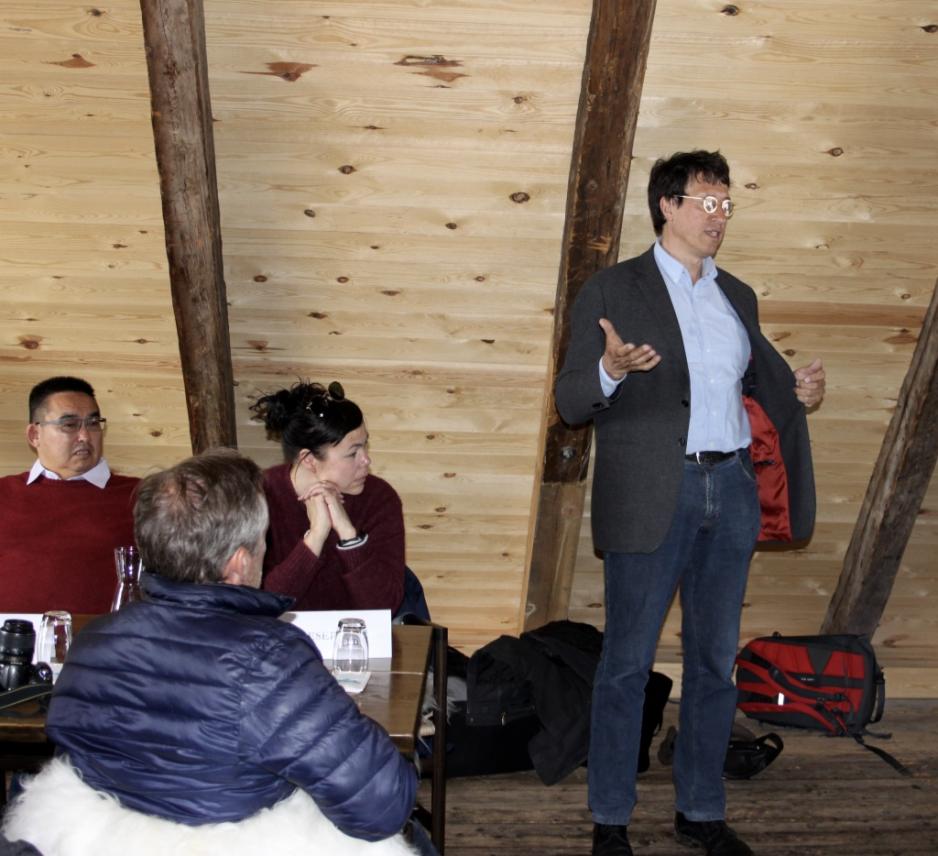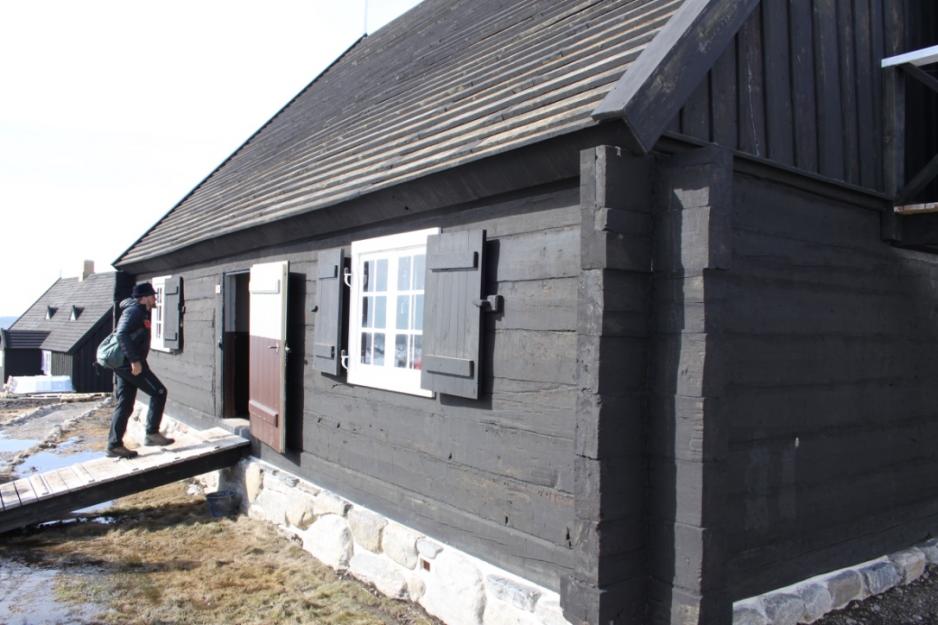Ilulissat Declaration’s 10-year anniversary

In 2008, the signing of the Ilulissat Declaration poured cold water on the rhetorical escalation in the wake of the (in)famous Russian flag planting on the geographical North Pole seabed. Ten years later, the Arctic states are celebrating the achievement with a 2-day meeting in Ilulissat. On the first day, sustainable economic development was on top of the agenda.
After a long flight to Ilulissat, the delegations continued to nearby Ilimanaq where they had a smooth beginning in the picturesque surroundings. The village recently received one of Europe’s most prestigious cultural awards – the Europa Nostra designation – for the restoration of its cultural buildings. While already being a small tourist magnet, this is probably going to boost the interest in sustainable Arctic tourism with respect for both nature and traditional culture even more.
On top of the agenda: sustainable economic development
The first gathering of the anniversary took place inside one of the restored buildings. Here, CEO of Visit Greenland, Julia Pars, presented the challenges and opportunities that Greenland’s tourism is facing, and Professor Minik Rosing narrated about how August Krogh’s Nobel prize-winning research in carbon dioxide took place in this corner of the world more than hundred years ago.
While it is important to celebrate groundbreaking research, it is also important to do an extra effort to disseminate the findings to the local population and include them in Arctic research, Rosing argued. This served as an appetizer for the next day when the Agreement on Enhancing International Arctic Scientific Cooperation – as agreed at the Arctic Council Ministerial meeting in Fairbanks last year – will come into force.

The visit and the presentations were in line with the most central elements of Denmark’s and Greenland’s common ambitions for the Arctic. As stated in their key documents regarding the circumpolar region, sustainable economic development is the core priority, which especially echoes Greenland’s need for new sources of income.
Nuancing the understanding of the Arctic as not just a place that should be preserved but also developed to the benefit of the local citizens, thus, seems to be the underlying logic of initiating the anniversary with a small field trip.
More inclusive invitation – less prominent participants
Unlike ten years ago, representatives from the governments of Finland, Iceland and Sweden – who are not signatories to the declaration – are all present in Ilulissat these days. The same are the Inuit Circumpolar Council and the Saami Council, while the four other Arctic Indigenous organizations – which altogether constitute the six permanent participants of the Arctic Council – did not make use of their invitations.
The extended invitations were, however, not sent to the Arctic Council observers instead. A practical reason for this are the few hotel rooms available in Ilulissat, which – despite its status as the third largest city in Greenland – have about 4.500 citizens and approximately 200 decent hotel rooms. This is also the explanation for why the anniversary takes place five days prior to the date of the signatory; May 28th. Because on that date, the conference venue was already booked by someone else.

More stakeholders have been invited this year, but the level of those participating is not as high as in 2008. This is probably because the anniversary does not bring anything new to the table, but merely reconfirms the shared will to peaceful cooperation and delimitation of the Arctic Ocean seabed. As frankly stated by several of the organizers when confronted with the question, the political climate between Russia and the rest is not ripe for any such new agreements.
Greenland on the world map
Besides nuancing the perception of the Arctic, promoting tourism, sustainable development and ensure continuous support to the peaceful delimitation of the Arctic Ocean seabed, the anniversary is also a welcoming opportunity for Greenland to position herself as a (more) autonomous player internationally. That is also why it was one of the first things in Vivian Motzfeldt’s calendar after taking up the position as Naalakkersuisoq (equivalent to Minister) for Greenland’s foreign affairs last week.
The symbolism of the anniversary taking place in Greenland and the fact that a Naalakkersuisoq is co-hosting only reinforces the decision to prioritize the event. Moreover, the celebration of continued peaceful coexistence and fair distribution of the seabed may be of significant importance to Greenland; because if the dream of independence one day becomes true and the Kingdom of Denmark’s territorial claim is met then the area, ultimately, belongs to Greenland.
